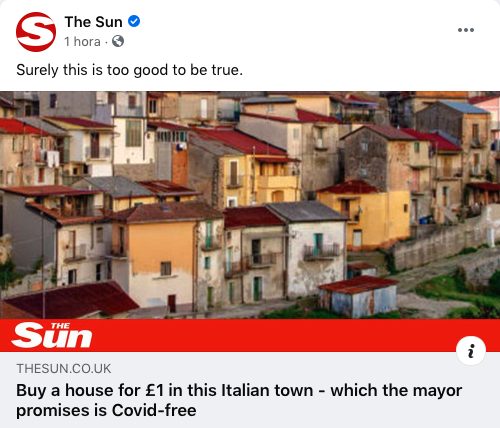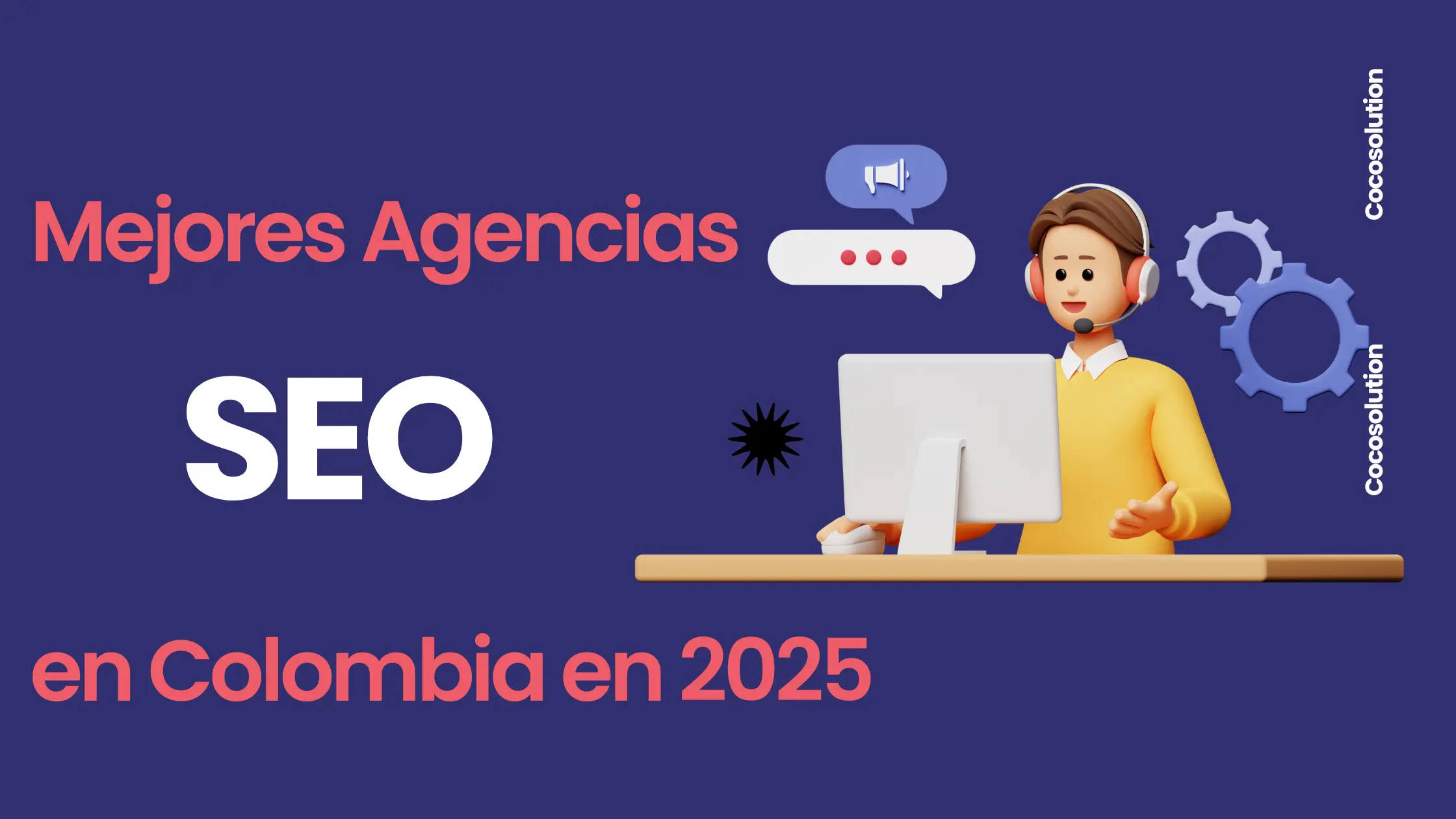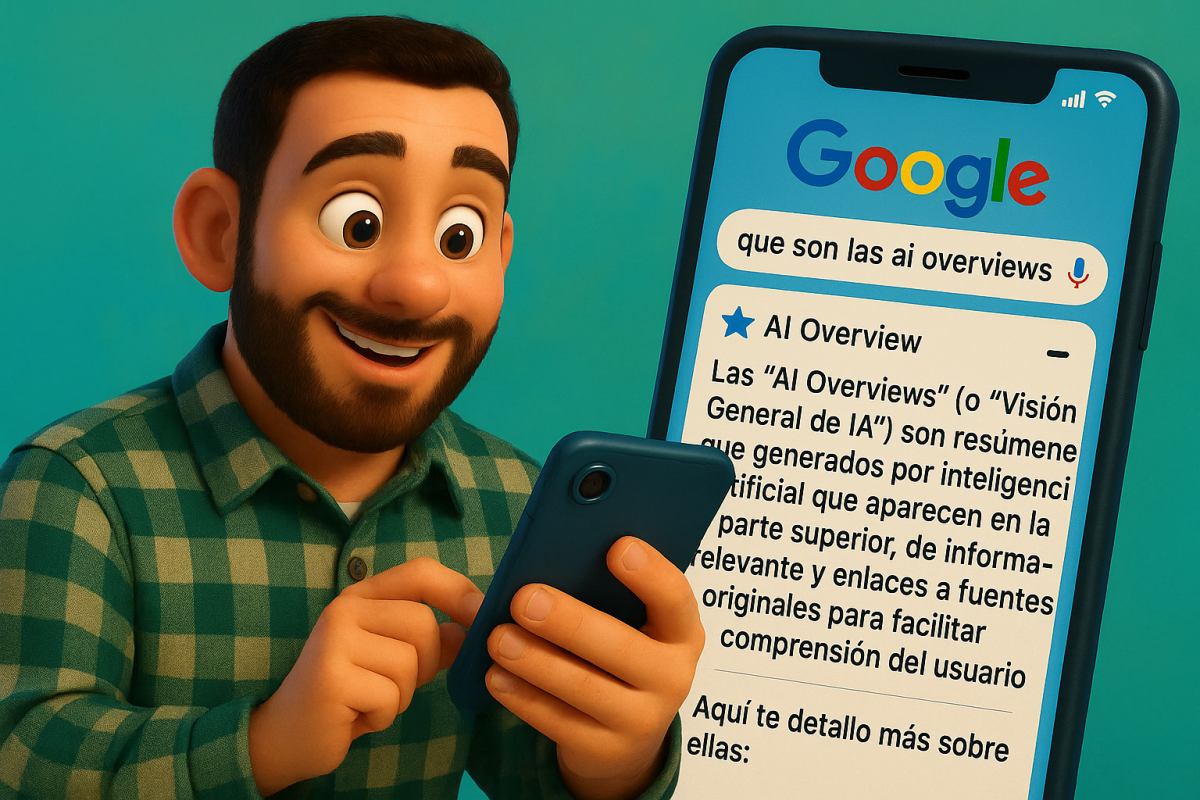I'm Not One of Those Victims of CLICKBAIT, Am I?
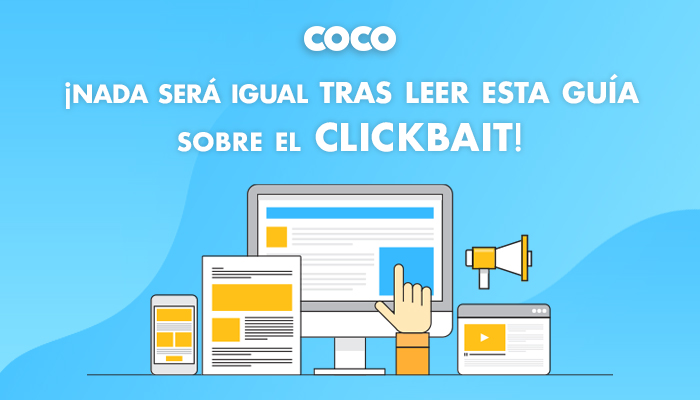
“You won't believe what happens to your body when you sleep”. “After knowing these facts, you won't want to touch your cat anymore”. I'm sure you've read headlines like these on more than one occasion and were curious to see what the articles would say, right? I have to inform you that you have been a victim of clickbait.
Both misleading advertising and controversial headlines have always been around in the media, so it's not surprising that today more than ever this type of practice is used throughout the Internet. However, could you tell me exactly what clickbait is, what does it consist of and why is it used so much?
If you don't know, relax. After reading this article you will know first hand what this technique is all about, its pros and cons and some examples and tips to implement this “art” without having to deceive the audience. When you reach the end of this new post your life will not be like before.
Definition of Clickbait
According to the almighty Wikipedia, the meaning of clickbait is the following:
Clickbait, a form of false advertisement, uses hyperlink text or a thumbnail link that is designed to attract attention and to entice users to follow that link and read, view, or listen to the linked piece of online content, with a defining characteristic of being deceptive, typically sensationalized or misleading.
Today, we face a lot of clickbait content on the Internet. The reason? Users are more likely to clicking on a story with an appealing headline. However, this practice has contributed to the bad habit of reading apparently extraordinary news, but whose information is not supported by any kind of source.
However, this practice can become very useful if you know how to use it correctly. Think that satisfying the curiosity of your audience through real and valuable data will greatly contribute to getting more clicks and interacting with the audience to generate engagement.
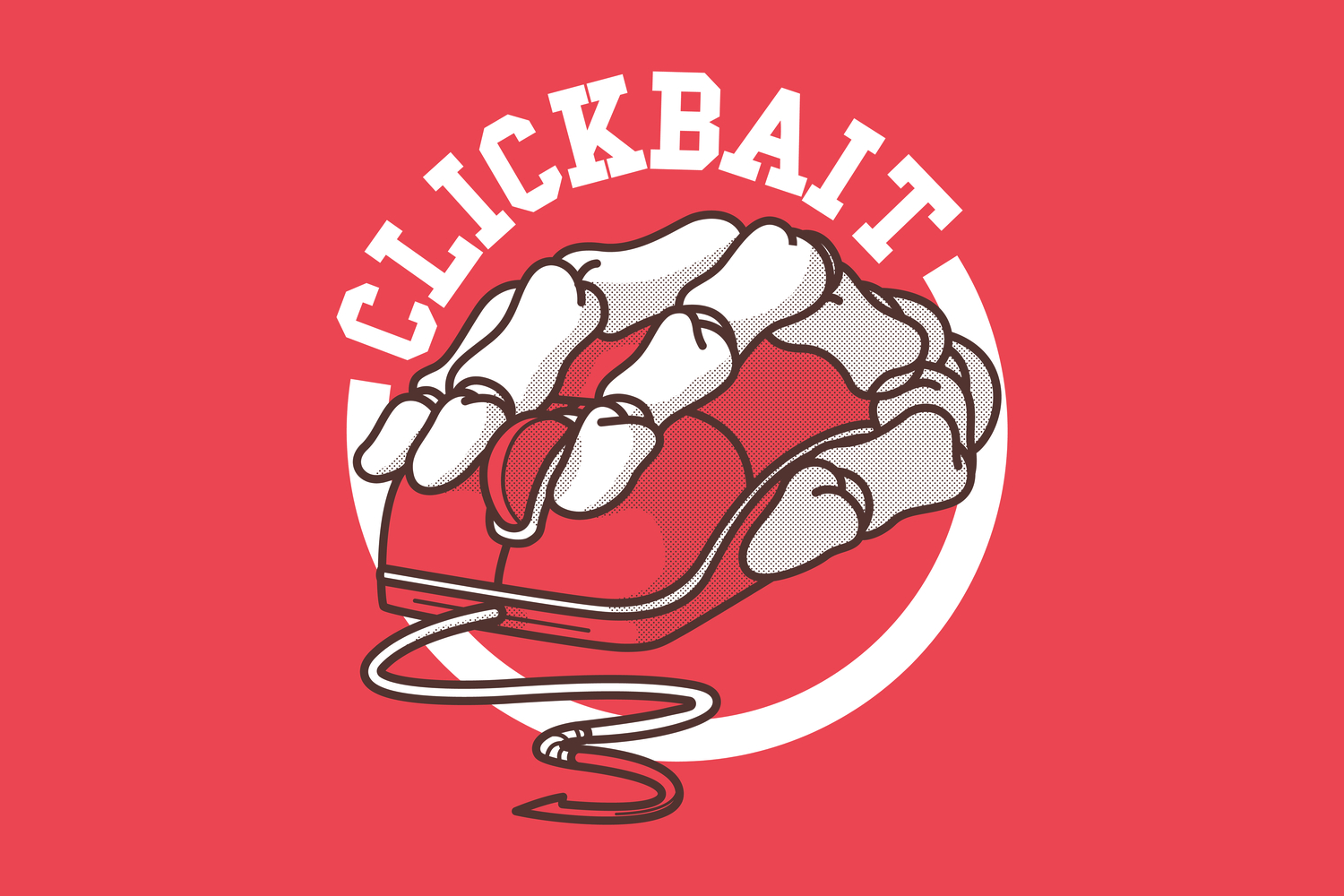
Advantages and disadvantages of clickbait
There are many supporters of this marketing technique, but it also has many detractors. As with everything in life, clickbaiting has its pros and cons.
Advantages of clickbait
- It awakens the interest of users to enter a link, with the aim of appearing in the search engine result pages (SERPs).
- It increases the CTR (Click Through Rate) and therefore generates more traffic.
- It helps to position the website and to stay as high as possible in the SERPs.
- It creates trending information on social networks.
Disadvantages of clickbait
- It generates dissatisfaction in the audience and can affect the user experience (UX).
- It creates high expectations about the content, which can scare away the user.
- It negatively affects corporate branding, since it links the brand to false headlines or content without credibility.
- It can increase the bounce rate.
5 tips to correctly use clickbait
It's not enough to just know what clickbait is, you have to use it well. By now, you will know that not to disappoint visitors and to offer content that is related to the headline is a must. That's why, below, we give you some advices that will improve your clickbait technique without falling into deception.
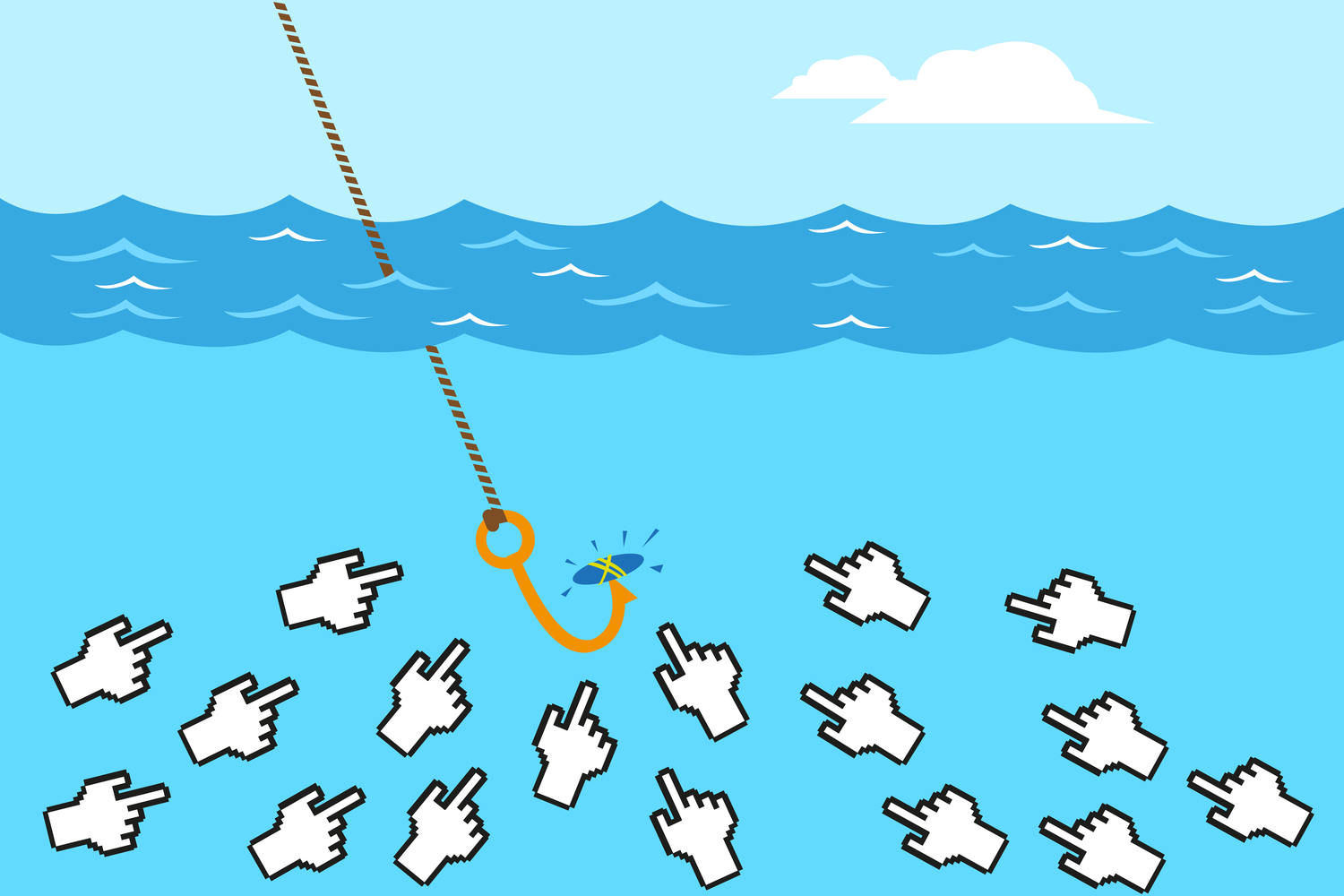
1. Attractive and real title
Although generally clickbaiting uses misleading headlines, if you use an attractive and, above all, truthful one you will get the reader to be comfortable with the content. You can combine the following in the headline:
- Shortness: “You're gonna freak out about this dog”. If the title is too long it will not be seen completely and will lose effectiveness.
- Numbers: “5 facts about Michael Jordan you didn't know”. Numbers provide accurate information. And that, on the Internet, is pure gold.
- Dates: “Outdated marketing techniques in 2020 that you still use”. Applying freshnes will help the user understand that the content is not outdated.
- Questions: “Do you like chocolate? This study will make your mouth water”. Questions are appealing to people, as we inevitably want to know the answer.
2. Valuable content
Ask yourself what your audience wants and how they want it. Think about whether the headline is in line with the text or the content. Surely you wouldn't like clicking on a story and checking that it was irrelevant, would you?
3. Sources
Include the links where you have obtained the information to write the content and communicate to the reader that you have not invented anything.
4. New information
If something's a trend you have to take advantage of it. By using some new or curious data or news about a current topic you will manage to capture the reader's eye.
5. Allow sharing
If the reader like the content, there is a good chance that it will be shared later on social media. I'm sure you have a few contacts who won't stop sharing things, right?
3 clickbait examples
Here are some real examples of clickbait we have found on the Internet.
1. I Took Free Kicks Until I Became Better Than Messi (not even clickbait)
YouTube is Clickbaitland. There are millions of videos that promise you one thing in the title and then it has nothing to do with it. However, there are also good examples like this, where a guy actually proves that fact with statistics.
2. Buy a house for £1 in this Italian town – which the mayor promises is Covid-free
This is another great example of good clickbait. Who wouldn’t like to buy a house for just £1? Surely many people have clicked on this article, even though there must be something missing. But users will click on the link. (Almost) Guaranteed!
3. There Are 10 Four-Letter Countries – I Bet You Can't Name Them
With this headline, the editor has challenged us to think about those 10 countries that only have four letter… Just admit that you’re doing the challenge right now!
Clickbaiting your headlines is good (if done correctly)
As you may have noticed, even though clickbait is currently overused everywhere, this technique can be an effective way to get more clicks, traffic and revenue from a website. Now that you know what clickbait is, you will want to use it in your marketing strategy.







